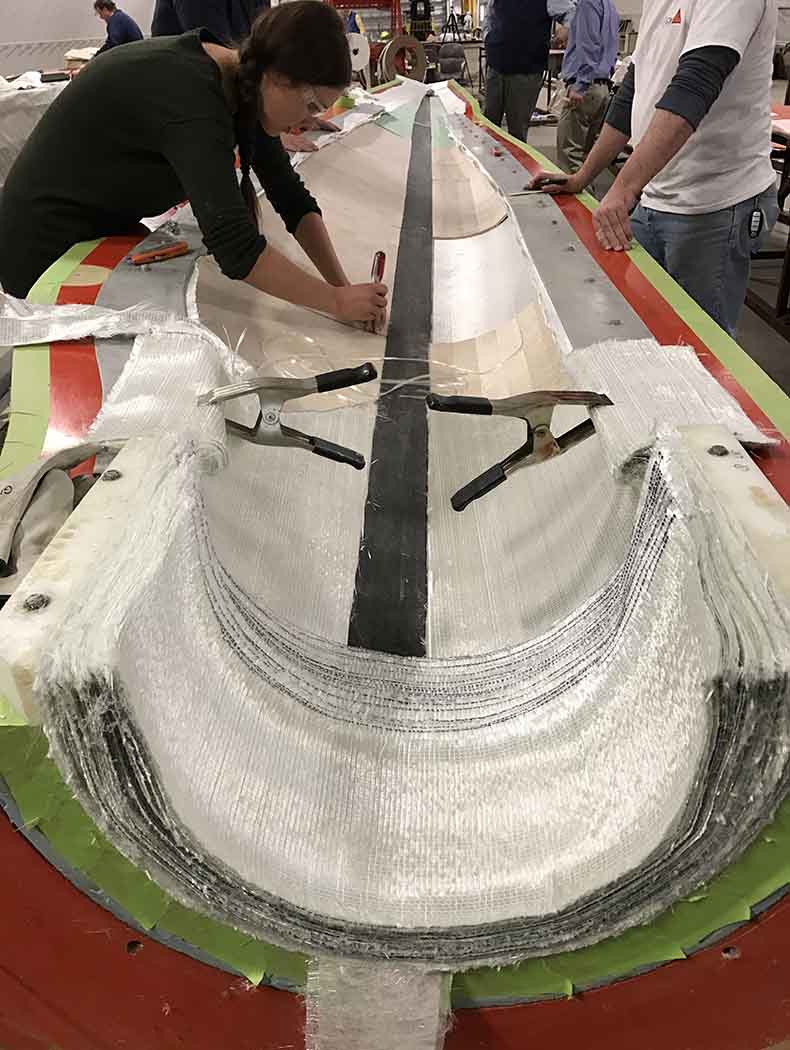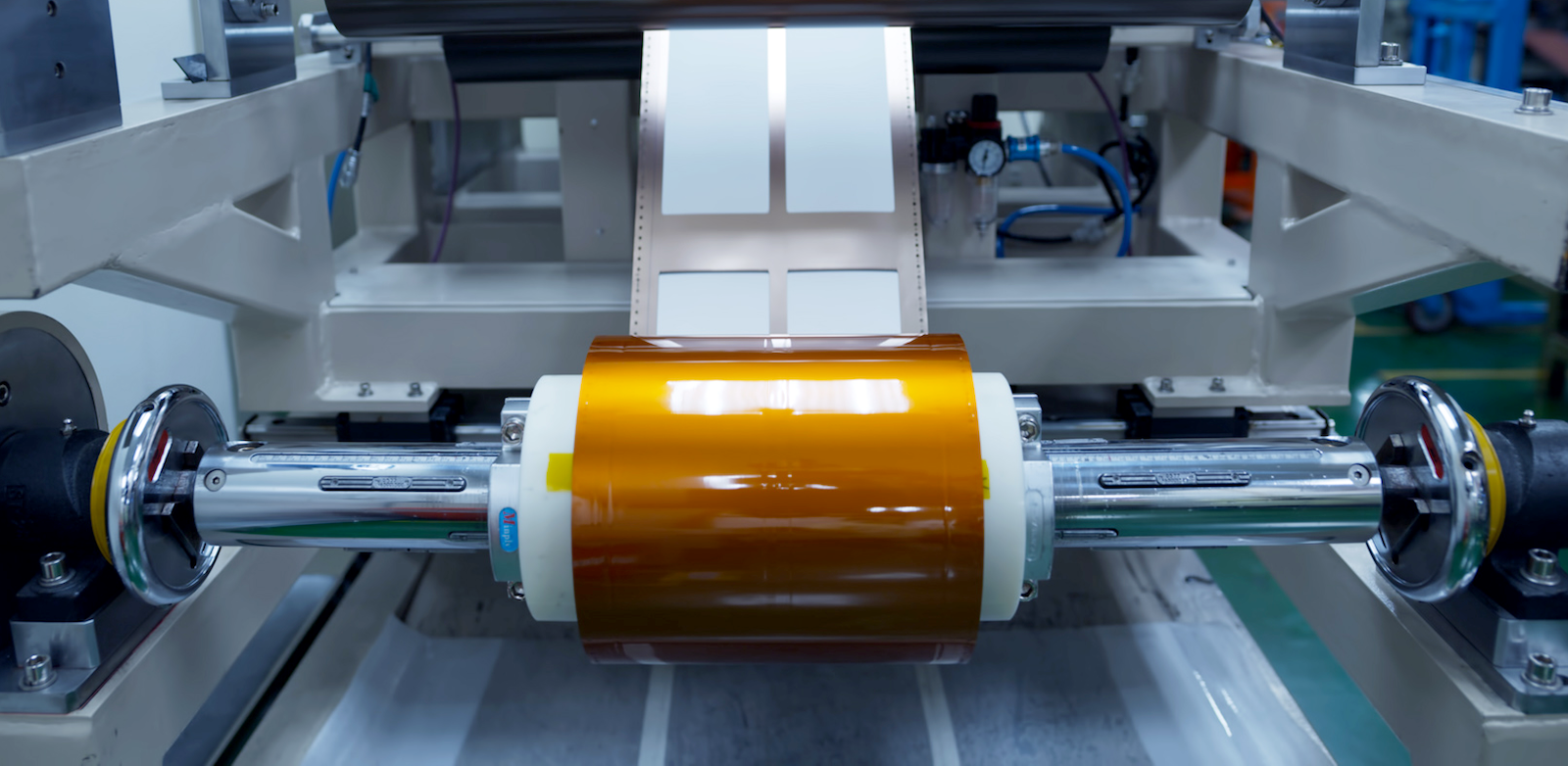
Wind and sun may be nearly infinite resources. But the materials needed to build wind turbines and solar panels are not always common. Take the rare earth metals—neodymium, dysprosium, and praseodymium—for example. Chances are those names are just as unfamiliar as the silvery metals they represent. And yet, some wind turbines cannot function without them. Solar power also relies on a diverse list of materials—from aluminum to zinc—to convert sunlight to electricity.
Working with partners from other national laboratories, researchers at the National Renewable Energy Laboratory (NREL) have created a new database, the Renewable Energy Materials Properties Database (REMPD), which examines materials needs for both wind and solar power plants. The REMPD, which is introduced in an accompanying summary report, quantifies the demand for materials per megawatt of wind or solar generating capacity and compares that demand to today’s supplies.

EMPD provides information on materials from large to small tiers, including wind energy and solar power plants, wind turbines and photovoltaic (PV) modules, and down to the metals and man-made materials used in renewable energy technologies. Asterisks note tiers populated based on available data, which may be expanded in the future. Graphic by Nicole Leon, NREL
“The REMPD is a first-of-its kind resource for understanding the amount and type of materials that go into wind and solar power plants,” said Annika Eberle, the lead researcher who developed the REMPD. “The database also allows users to explore the national and global availability of each material and evaluate their potential supply risks.”
The REMPD is the result of a collaboration between NREL, which led the effort, the U.S. Department of Energy’s Wind Energy Technologies Office and Solar Energy Technologies Office, which funded the project, and Oak Ridge National Laboratory, Sandia National Laboratories, Lawrence Berkeley National Laboratory, and Arizona State University.
Although the REMPD team cannot predict how wind and solar power supply chains may evolve to meet increased demand for materials, they do offer the information needed to understand the potential strain supply chains might face. To achieve that, the team compiled information on a vast range of materials used to build new wind and solar power technologies, including their type, quantity, country of origin, significant uses, projected availability, and physical properties.
What Is Needed To Build the Future of Wind Energy
NREL also carried out a new analysis of future material needs for wind energy deployment, as technology continues to scale up in size, in an accompanying report, Materials Used in U.S. Wind Energy Technologies: Quantities and Availability for Two Future Scenarios.
To meet the U.S. administration’s goals of a carbon-free power grid by 2035 and a net-zero-emissions economy by 2050, the wind energy industry would need to increase the rate at which it builds new wind energy plants by a factor of 5–10. According to the report, that expansion could push demand for certain materials, like carbon fiber, above current global supplies.
“Previous studies have looked at materials needs for specific types of renewable energy technologies and in low-carbon future scenarios,” said Melinda Marquis, who led NREL’s research on integrating offshore wind energy with the grid. “But this study is the first to provide a detailed estimate of materials needed for the United States to build enough wind power plants to meet the Biden administration’s goal of achieving a carbon-free power sector by 2035.”
“We used the REMPD to compute the quantity of materials needed to support future deployment scenarios for wind energy in the United States,” said Aubryn Cooperman, a wind energy analyst who contributed to the REMPD. Those scenarios consider decarbonization goals and current policies that affect wind energy deployment, including the Inflation Reduction Act. The team evaluated how demand for new wind power plants might impact critical material needs in the United States from 2020 to 2050. The authors also offer a few recommendations, like substituting alternative materials and increasing recycling, to help conserve vulnerable materials and ensure developers get what they need to grow the U.S. wind energy industry.
For example, Cooperman has already used the REMPD to analyze how growth in the U.S. wind energy industry might increase demand for two specific parts of a wind turbine, the hub (which stores the generator and supports the blades) and bedplate (which connects the hub to the tower). Both are made from heavy cast iron. And although the United States installs about 5,000 of these cast-iron components each year, to achieve the country’s clean energy goals, that number must increase to 12,000–20,000 per year in the next decade, Cooperman said. Virtually all these parts are currently imported; however, growing demand could present opportunities for domestic manufacturers if innovative manufacturing processes are able to mitigate cost and environmental barriers.
Wind Turbines Are Not the Only Tech That Needs Carbon Fiber
Two people in protective attire standing in a manufacturing facility next to layers of material in a turbine mold.

“The REMPD is a first-of-its kind resource for understanding the amount and type of materials that go into wind and solar power plants,” said NREL’s Annika Eberle, the lead researcher who developed the REMPD. “The database also allows users to explore the national and global availability of each material and evaluate their potential supply risks.” Carbon fiber, used to reinforce wind turbine blades (like the one pictured at NREL’s Flatirons Campus), for example, is used in cars, airplanes, and even common household goods, like bicycles, hockey sticks, and golf clubs. Photo by Samantha Rooney, NREL.
Renewable energy also faces competition from other industries for limited supplies of certain kinds of materials. Carbon fiber, used to reinforce wind turbine blades, for example, is used in cars, airplanes, and even common household goods, like bicycles, hockey sticks, and golf clubs. And rare earth elements, like the neodymium, dysprosium, and praseodymium used in wind turbine generators, are not actually rare, as their name might suggest, but they are in high demand and vulnerable to supply chain disruptions. These metals are also used in cell phones, computer hard drives, and guidance systems. And most of the rare earth elements needed to build wind turbines are currently imported from China, according to the REMPD.
Despite these challenges, the research team found that annual U.S. wind energy deployment between 2020 and 2050 would require less than 5% of what the world produces today for most identified common and vulnerable materials. But it is not all good news. In the “High Deployment” scenario, demand for the rare earth metals dysprosium and neodymium could exceed 10% of current global production by 2042 and demand for carbon fiber and balsa wood could surpass current global supplies before 2030.
“We expect demand for carbon fiber to grow rapidly with increasing deployment of wind energy, especially as blades become longer and use more carbon fiber,” Eberle said. “By 2025, our High Deployment scenario projects that new U.S. wind energy installations could use more carbon fiber in a year than is currently produced in the United States. Demand from the wind energy industry could begin to exceed the current domestic production of nickel, glass fiber, and electrical steel in that timeframe as well.”
To make sure demand does not exceed supply, the team identified several strategies, including suggestions for the wind energy industry to:
- Increase domestic production of these high-demand materials
- Diversify and increase import sources
- Reduce material needs by substituting alternative materials or making components lighter
- Find ways to replace virgin material inputs with recycled materials or reused components.
Certain types of wind energy technologies could also help alleviate pressure on global material supplies. Hybrid tower systems, for example, use more concrete and less high-demand steel. And alternative generator designs could incorporate materials other than rare earth metals.
A Sunny Outlook for Renewable Energy
In the future, the REMPD could also be used to perform life-cycle analyses for both the wind energy and solar power industries. Researchers could use the database, for example, to gain a better understanding of which materials, manufacturing methods, and recycling or upcycling processes could help the industries reduce their carbon footprints and the amount of new materials needed.
Although the Materials Used in U.S. Wind Energy Technologies: Quantities and Availability for Two Future Scenarios report focuses on the U.S. wind energy industry, the REMPD also includes materials needed to build future solar power plants. The database is structured to enable future expansion that could include other renewable energy technologies, like geothermal plants and battery energy storage systems, as well as information about emissions and environmental impacts associated with material usage.
“The current REMPD is just a start,” Marquis said. “This database can be a valuable tool for the country to strategically transition to a 100% clean energy future.”
See what data you can find in the Renewable Energy Materials Properties Database, and subscribe to NREL’s wind energy newsletter to get more news like this. Learn about renewable energy basics.
Article from NREL.
I don’t like paywalls. You don’t like paywalls. Who likes paywalls? Here at CleanTechnica, we implemented a limited paywall for a while, but it always felt wrong — and it was always tough to decide what we should put behind there. In theory, your most exclusive and best content goes behind a paywall. But then fewer people read it! We just don’t like paywalls, and so we’ve decided to ditch ours. Unfortunately, the media business is still a tough, cut-throat business with tiny margins. It’s a never-ending Olympic challenge to stay above water or even perhaps — gasp — grow. So …




